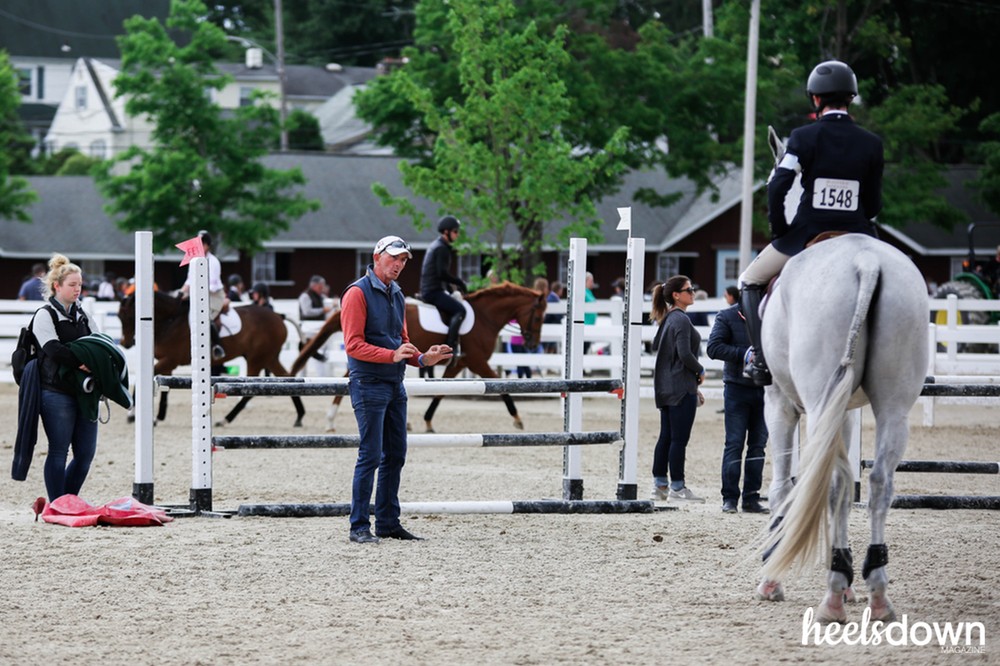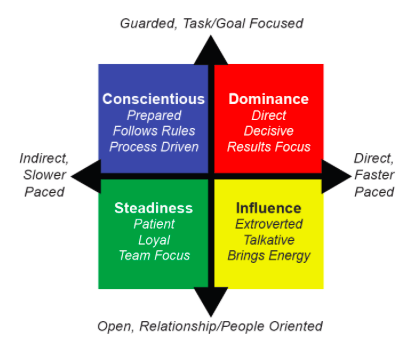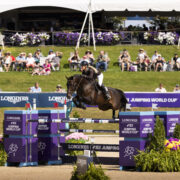Friend or Dictator: Which Coaching Style Gets Better Results?

Stand by the warm-up at a horse show and you’re sure to see a spectrum of coaching styles. Some coaches speak methodically and gently. Others shout a stream of orders at their students, who seem frantic to get it right.
“I grew up in an environment where I think my coach’s goal was to make me cry,” said Kasey Mueller, an eventer and the president and founder of KCM Consulting, a human resources consulting firm. “We kept going back because they were at the top of the sport so they must know what they’re doing.”
Coaching style isn’t a frequent topic of conversation in horse sports, and not all coaches spend much time thinking about it. Many coaches are riders foremost, and coaching students is simply a way to finance their riding goals. Also, riding is inherently an individual sport instead of a team sport, so you don’t often see a coach rallying a team to greatness. And most riders train alone the majority of the time, working with their coach maybe once or twice a week.
Nonetheless, understanding coaching style can have a big payoff for both coaches and students. There’s one priority that trumps the rest when considering a coach, according to Kasey: communication.
For effective communication to be established, coaches must understand their natural coaching style, and students know what kind of communication they learn best from. While ribbons are certainly an indicator of successful coaching, perhaps a more important marker is the rider’s ability to still perform when the coach isn’t watching.
Autocratic vs. Democratic
As Sommer Christie, a mental performance consultant and professional member of the Canadian Sport Psychology Association explained, there are two main styles of communication when it comes to coaching: autocratic and democratic.
Characteristics of an autocratic coach:
– “Do what I say” type of dialogue
– Discourages questions
– Uses punishment as a form of coaching (like adding exercise when a mistake is made)
– Students may be pitted against each other
Characteristics of a democratic coach:
– Asks questions and requests athlete feedback
– Allows mistakes as a form of learning
– Encourages hard work, not just winning
– Prioritizes athlete confidence and positivity
Both types of coaches can win and achieve results equally, said Sommer of Montreal, Quebec. Many coaches cross the border in their style, using some tactics from both sides.
However, Sommer says she has observed more than a few fully autocratic riding coaches. This can have consequences for the athlete’s longevity in the sport and overall well-being, which is why she prefers the democratic style.
“Coaches have a large influence on the athlete’s performance and behavior, but also emotional and psychological well-being. Performance can be the goal, these athletes can win, but what is their quality of life?” Sommer questioned. “Do they stay in the sport? Are they doing it because they love it or because they’re afraid of making mistakes?”
Athlete-Centered Coaching
These days, the needle is gravitating away from the autocratic/dictator-style of coaching (think: old-school football or military-style coaches), and the athlete’s personality and mentality is taken into account.
Kasey of Naperville, Ill., explained that personality impacts how we perceive what others say and do to us. She and Sommer both advocate for athlete-centered coaching – where the coach modifies their style to the individual athlete’s personality, moving away from the ‘one size fits all’ style of coaching.
But as a coach, how do you know what personality you’re catering to? And as a student, how do you inform your coach of what kind of communication you need?
Kasey recommends a behavioral profile called a DiSC assessment to her clients, including sports coaches and corporate team leaders. The DiSC coaching styles reflect the needs of the athlete, taking into account personality and skill level.

A “Conscientious” coaching style is focused on planning and providing an environment where the athlete can succeed with minimal coach intervention. This is appropriate for athletes who are already highly skilled and confident. A “Dominance” style is direct and gives specific instruction, and is a good fit for novice athletes who lack skills. An “Influence” style is highly interactive and motivational, and is a good fit for athletes that have the skills but need encouragement. A “Steadiness” style is a balance of technical instruction and emotional support, and is good for mid-level athletes that need both.
The Ability to Train Alone
In riding, Sommer explained, the coach should give the student the confidence and skills to train alone. While a collegiate team coach may be supervising their athletes’ training five days a week, riders have to be coached in a way that gives them the know-how and confidence to ride on their own.
In an unpublished study entitled “Building Self-Efficacy in Young Equestrian Riders through Coach Feedback” conducted by Sommer and Angela Malorni in 2013, positive reinforcement was effective when paired with technical feedback in helping to build this independence.
“Pair reinforcement with a statement of what the athlete did correctly,” the paper reads. “Allow the athlete to get the feeling and sense of what they are doing well so that they can start to evaluate his or her own progress.”
Similarly, the study found that acknowledging the athlete’s distress about a mistake, and regarding mistakes as “learning opportunities” is productive in building self-efficacy.
Coaches should seek information provided by studies like these and the vast amount of sports psychology that is now available. Coaching is not a naturally-acquired skill, and it has to be learned and practiced, according to Kasey.
“Learning to coach by being coached is learning to cook by eating. You can’t do it,” said Kasey. “Coaches have to seek mentorship. They have to seek education. Know your learning style as a coach, go through certification programs, or start by talking to your students about how they like to be coached.”


